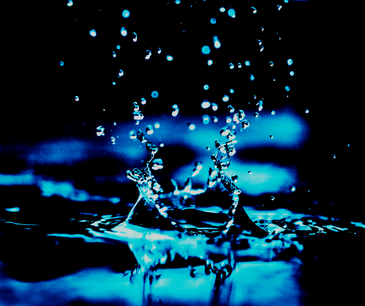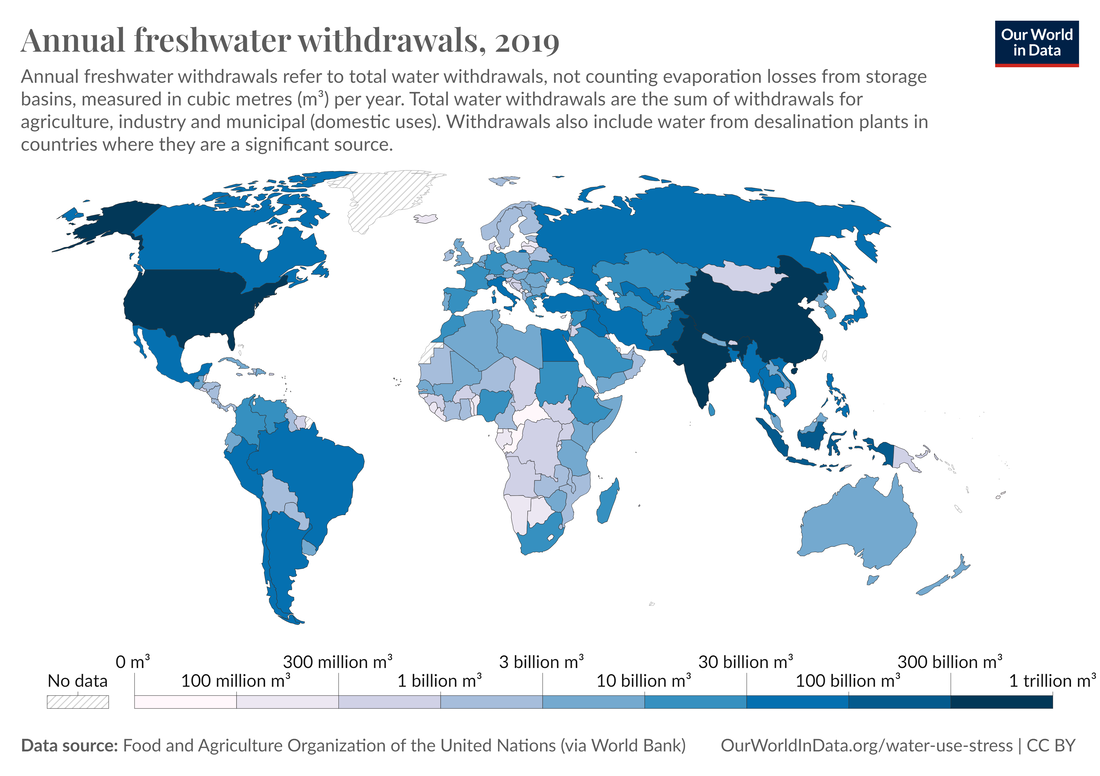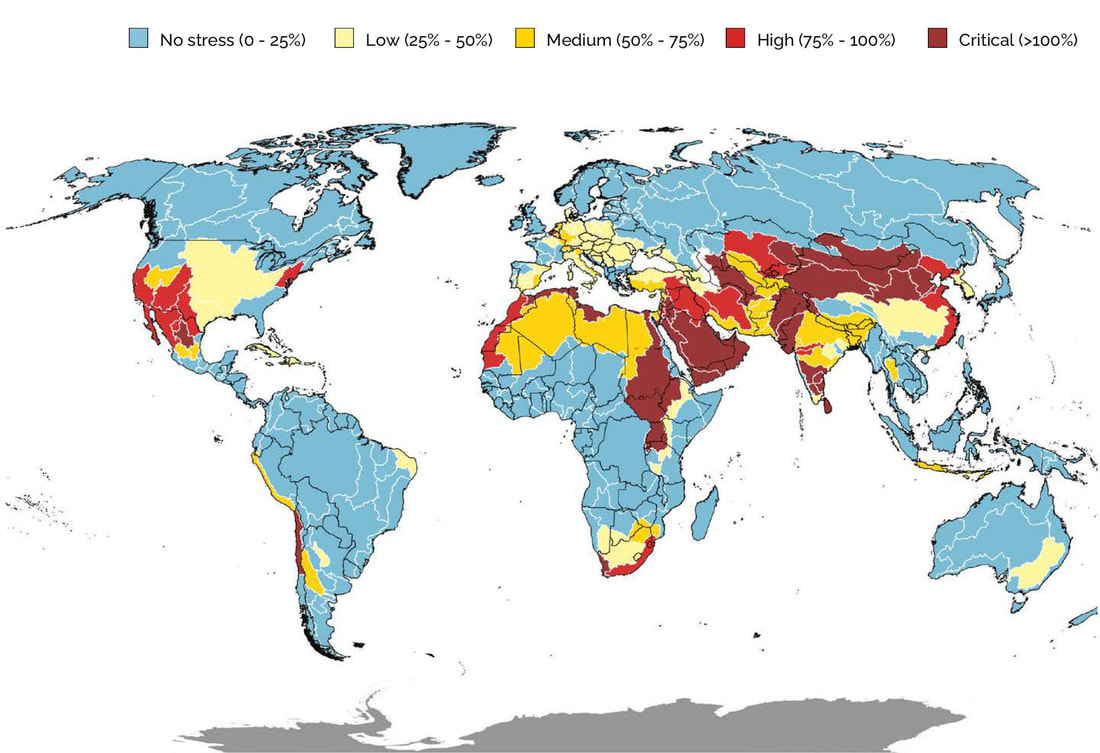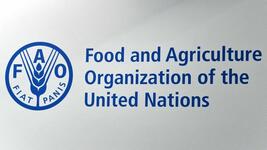Water

Only 3% of all water on the planet Earth is fresh, non-saline.
In the United States, water districts are parceled into areas and managed by utilities, municipalities, special tax districts and agencies. This diversion of responsibility creates a level of chaos that can put everyone at risk, both currently and in the near future. Frequently, and certainly here in Kitsap, the overall status of water sources is unknown.
Kitsap County, with the notable exception of the four Kitsap reservoirs, is entirely dependent on aquifers. Water treatment and wastewater treatment is antiquated and focused on centralized processing, manpower intensive and inefficient. Most plants are on or very near waterfront and release untreated stormwater into bays, inlets, rivers, etc. Wastewater is also frequently released as stormwater overflows. This is an inherent flaw in the design of current wastewater plants.
Water is treated with chlorine, sometimes UV, rarely filtered, or otherwise treated. Quality is tested at the source, not out of the tap. Miles of pipe, having been in the ground for many years, of various materials, quality, etc., will affect the quality delivered to your home. Even in new homes, the local supply attaches into a source that may have been in the ground for decades.
The surface water in Kitsap's streams, lakes, etc., are susceptible to runoff from non-organic farms, ranches, industry, fuels, pesticides and many other pollutants. Climate change is creating warmer conditions causing algae blooms and other environmentally driven unsafe conditions.
This is just a fraction of the issues around water in Kitsap County, regionally, nationally, and globally! Thirsty yet?
Why have we started with water?
Water is the starting point in a cascade of failure that directly affects us as human beings:
Without water there is no waste treatment…
Without water there is no life…
Somebody reading this will be thinking, why don’t we just desalinate the water from the ocean…
The largest and most efficient desal plant is in San Diego, California. It cost over a billion dollars, took over a decade to build, does not meet the local need and the cost of water is essentially double what even expensive water districts charge. There is also the issue of the concentrated brine that it produces, the disposal of and the costs, both real and environmental, associated.
The reality is that we need to rethink our approach, consider consequences, both short and long term, and do some serious innovation, education and engagement here and across the board.
In the United States, water districts are parceled into areas and managed by utilities, municipalities, special tax districts and agencies. This diversion of responsibility creates a level of chaos that can put everyone at risk, both currently and in the near future. Frequently, and certainly here in Kitsap, the overall status of water sources is unknown.
Kitsap County, with the notable exception of the four Kitsap reservoirs, is entirely dependent on aquifers. Water treatment and wastewater treatment is antiquated and focused on centralized processing, manpower intensive and inefficient. Most plants are on or very near waterfront and release untreated stormwater into bays, inlets, rivers, etc. Wastewater is also frequently released as stormwater overflows. This is an inherent flaw in the design of current wastewater plants.
Water is treated with chlorine, sometimes UV, rarely filtered, or otherwise treated. Quality is tested at the source, not out of the tap. Miles of pipe, having been in the ground for many years, of various materials, quality, etc., will affect the quality delivered to your home. Even in new homes, the local supply attaches into a source that may have been in the ground for decades.
The surface water in Kitsap's streams, lakes, etc., are susceptible to runoff from non-organic farms, ranches, industry, fuels, pesticides and many other pollutants. Climate change is creating warmer conditions causing algae blooms and other environmentally driven unsafe conditions.
This is just a fraction of the issues around water in Kitsap County, regionally, nationally, and globally! Thirsty yet?
Why have we started with water?
Water is the starting point in a cascade of failure that directly affects us as human beings:
- A person can survive without water for approximately three days
- A person can survive without food between 21 and 40 days
Without water there is no waste treatment…
Without water there is no life…
Somebody reading this will be thinking, why don’t we just desalinate the water from the ocean…
The largest and most efficient desal plant is in San Diego, California. It cost over a billion dollars, took over a decade to build, does not meet the local need and the cost of water is essentially double what even expensive water districts charge. There is also the issue of the concentrated brine that it produces, the disposal of and the costs, both real and environmental, associated.
The reality is that we need to rethink our approach, consider consequences, both short and long term, and do some serious innovation, education and engagement here and across the board.
Issues
An obligation to future generations
Historically, Washington residents have enjoyed an abundance of water, but water availability is no longer a given.
Population growth and economic development are fueling increased demands for water. These demands are often in conflict with the need to restore stream flows to save fish from extinction, and the pressures of climate change and warming temperatures increase the need to address these challenges.
As competing demands and environmental threats to water resources loom larger than ever, there is increasing public awareness of water supply issues across the state. We are committed to meeting the challenges and working creatively and collaborative to address current and future water needs of people, farms, and fish.
*Department of Ecology Water Resources Webpage 2024
Historically, Washington residents have enjoyed an abundance of water, but water availability is no longer a given.
Population growth and economic development are fueling increased demands for water. These demands are often in conflict with the need to restore stream flows to save fish from extinction, and the pressures of climate change and warming temperatures increase the need to address these challenges.
As competing demands and environmental threats to water resources loom larger than ever, there is increasing public awareness of water supply issues across the state. We are committed to meeting the challenges and working creatively and collaborative to address current and future water needs of people, farms, and fish.
*Department of Ecology Water Resources Webpage 2024
Your browser does not support viewing this document. Click here to download the document.
*Executive summary only
Your browser does not support viewing this document. Click here to download the document.
*Full Water Value document
We Need Solutions
There are many pieces out there, what we need is to bring them together into the puzzle and determine a strategy to shift to more sustainable and resilient ways of providing water. Here are some elements we have determined are important in considering potential solutions:
We don't know what we don't know, maybe you do?
There are many pieces out there, what we need is to bring them together into the puzzle and determine a strategy to shift to more sustainable and resilient ways of providing water. Here are some elements we have determined are important in considering potential solutions:
- Localized water processing and delivery, with a reuse element and possibly a waste water to potable water element.
- Localized wastewater treatment, with futureproofing elements that minimize resource usage.
- Use of renewable energy to maximize availability during power shortages and disasters.
- Anaerobic digestion that can provide power and soil amendments while disposing of solids. This could be augmented by using waste grease and oil from local restaurants to provide catalysts. This could also be used in a more integrated strategy to use organic waste as feeder stock as well.
- Removal and separation of heavy metals from human waste and other elements would be useful and could be stockpiled and resold for industrial use.
- Elimination of storm water from the processes and better management of effluent, preventing release into natural bodies of water or groundwater, prior to being treated to potable levels.
- Groundwater recharge strategies
- Thoughts and plans on adding living machine components to community water treatment.
We don't know what we don't know, maybe you do?
|
Is it magic, no, just good science. Everyone should have an emergency kit in their car and home.
|
|


